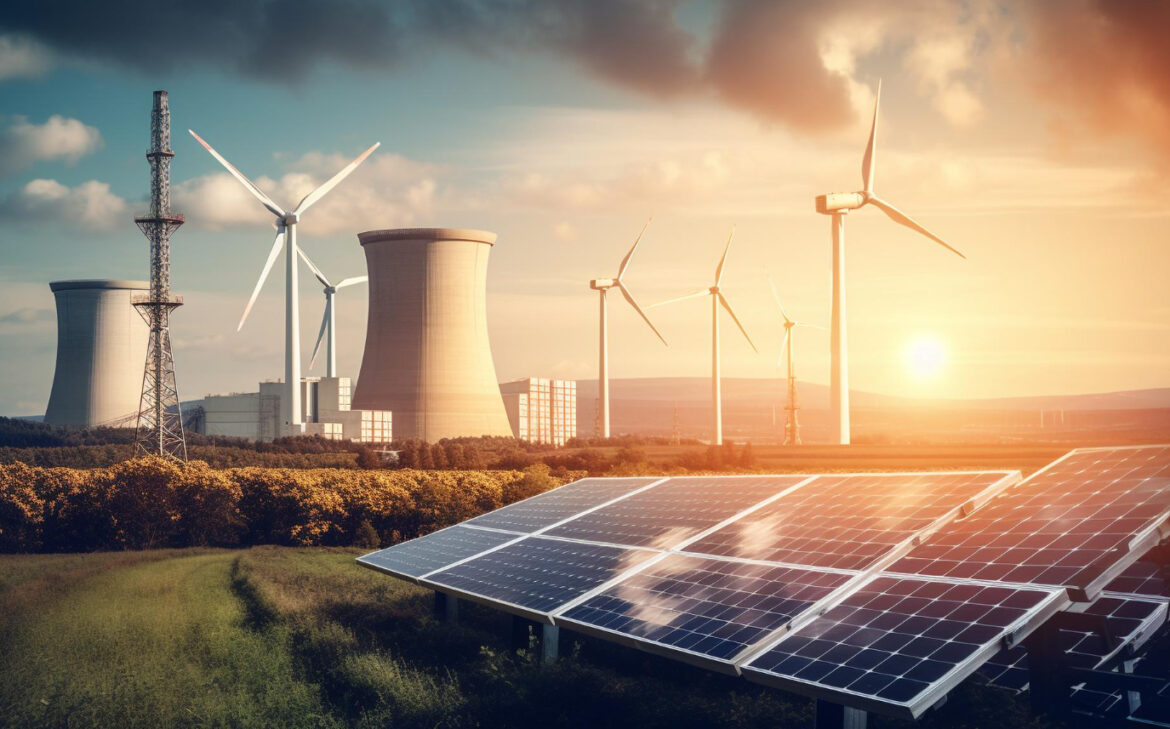The world is at a critical juncture, facing the urgent need to transition to sustainable energy sources to mitigate the impacts of climate change, reduce carbon emissions, and ensure a secure energy future. The path to sustainable energy transformation is not only a necessity but also an opportunity for innovation, job creation, and economic growth. In this blog, we will explore the journey towards sustainable energy and the key elements that define this transformative process.
Renewable Energy Sources:
One of the cornerstones of sustainable energy transformation is the adoption of renewable energy sources such as solar, wind, hydro, and geothermal power. These sources are not only abundant but also environmentally friendly, producing little to no greenhouse gas emissions. Their increasing affordability and efficiency have made them a practical choice for both governments and businesses.
Energy Efficiency:
Enhancing energy efficiency is another crucial aspect of the transition to sustainable energy. This involves optimising energy use in various sectors, from residential and industrial to transportation and agriculture. Improved insulation, efficient appliances, and smart grid technologies all contribute to minimising energy waste.
Electrification of Transportation:
Transportation is a significant contributor to greenhouse gas emissions. Electrifying the transportation sector by shifting from internal combustion engine vehicles to electric vehicles (EVs) is a key part of sustainable energy transformation. EVs not only reduce emissions but also provide opportunities for energy storage and grid support.
Grid Modernisation:
Modernising the electrical grid is essential for accommodating the increased use of renewable energy sources. Smart grids, which integrate digital technology, enhance grid reliability and resilience. They enable two-way communication between utilities and consumers, allowing for more efficient energy distribution and consumption.
Storage Solutions:
One of the challenges with renewable energy sources is intermittency. Energy storage technologies, such as batteries, pumped hydro, and thermal storage, play a vital role in ensuring a stable energy supply. These solutions allow excess energy to be stored when production is high and released when demand is at its peak.
Policy and Regulation:
Government policies and regulations have a significant impact on the pace and success of sustainable energy transformation. Incentives, tax credits, emissions targets, and renewable energy mandates can provide a framework that encourages investment in sustainable energy projects.
Innovation and Research:
Continued research and innovation are essential for developing new technologies and improving existing ones. Investments in research and development can lead to breakthroughs that drive down the costs of renewable energy and enhance the efficiency of energy systems.
Public Awareness and Engagement: Public support for sustainable energy is a critical factor. Educating the public about the benefits of sustainable energy, fostering awareness of climate change, and encouraging individual actions, such as energy conservation and clean energy adoption, are vital to the transformation process.
Challenges and Opportunities:
The path to sustainable energy transformation is not without its challenges. High initial costs, energy storage limitations, and the political complexity of energy policy can be obstacles. However, these challenges also present opportunities for job creation, economic growth, and innovation in the clean energy sector.
Conclusion: Sustainable energy transformation is more than a goal; it’s a global imperative. By harnessing the power of renewable energy sources, increasing energy efficiency, modernising the grid, and electrifying transportation, we can reduce our carbon footprint and create a sustainable energy future. With the right policies, investments, and public engagement, we can navigate this path to a cleaner, more resilient, and environmentally responsible energy system that benefits us today and safeguards the planet for future generations. The journey may be challenging, but the destination is well worth the effort.


Leave feedback about this